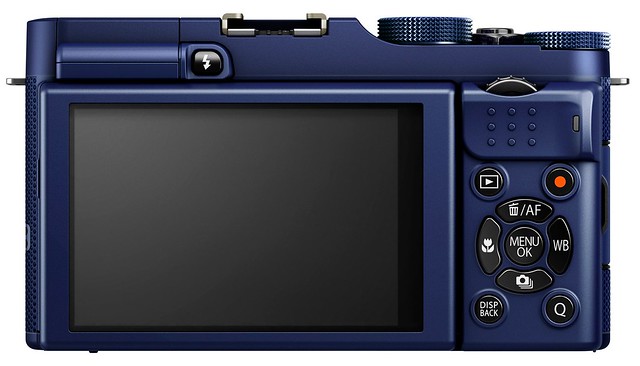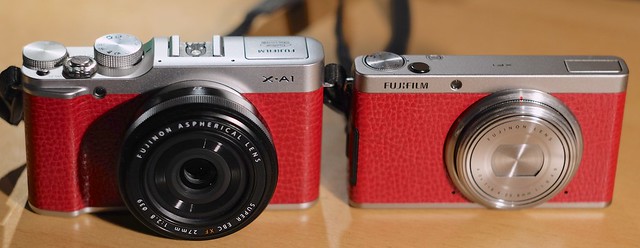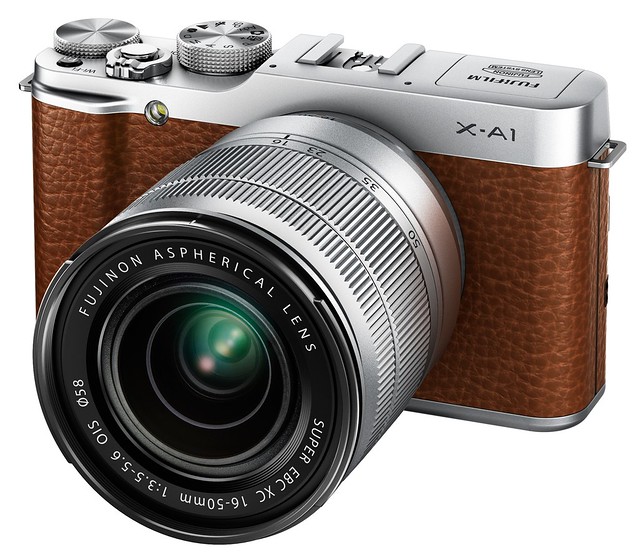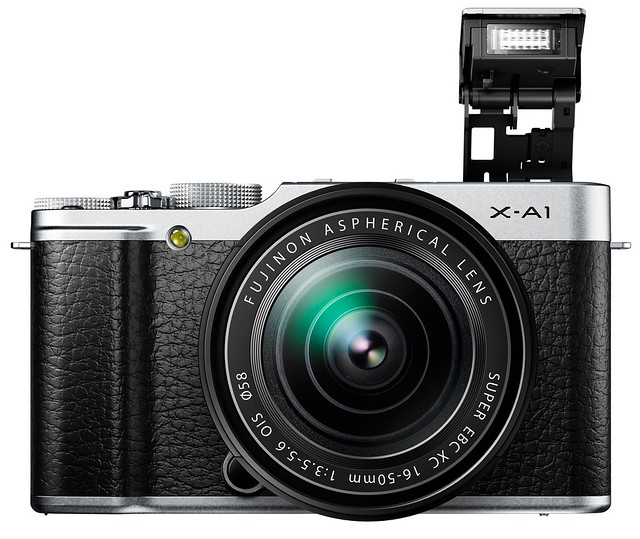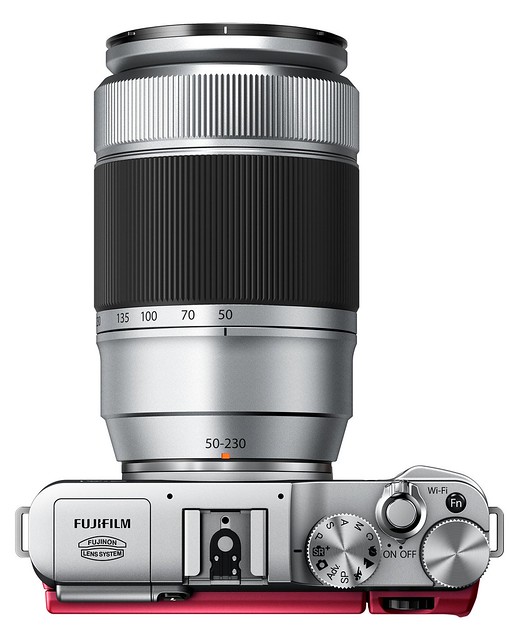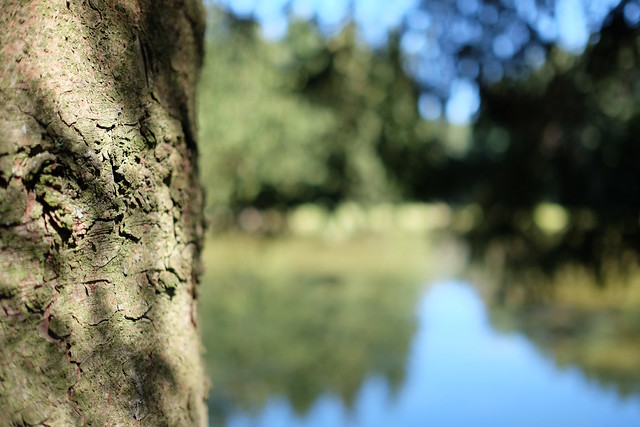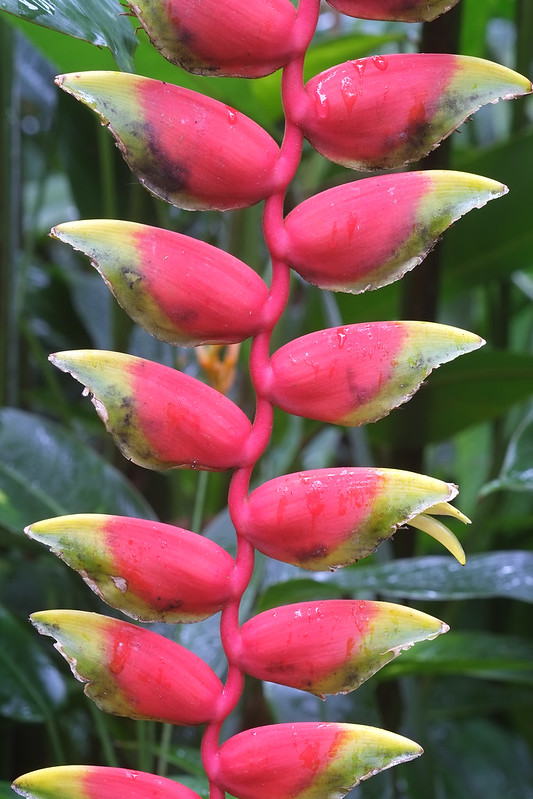X-A1 vs. X-M1: the Shootout
Mastering the X-PRO1 and X-E1: book here and Kindle edition (AVAILABLE) here)
Fujifilm X-A1 in stock check
USA: AmazonUS (black in stock)/ eBay / BHphoto (blue in stock)/ Adorama (black in stock)/ Pictureline / DigitalRev EUROPE: AmazonUK (via DR) DigitalRev / eBay
Fujifilm X-M1
USA: AmazonUS (save $72 on the silver version + kit lens) / BHphoto / Adorama / Pictureline / [shoplink 17242 ebay]eBay[/shoplink] ($70 price drop) / DigitalRev EUROPE: eBay / DigitalRev / AmazonDE (via DR) / wexcamerasDE / AmazonUK (via DR) / PCHstore
_ _ _
Talk to Rico (open forum for questions & feedback) – Rico’s Flickr sets – X-A1 sample images set – X-M1 sample images set – X-M1 vs. X-A1 shooutout set (private Flickr set, MUST use this link!) – Original X-A1 & X-M1 shootout RAW files for download (incl. Lightroom XMP files) – Mastering the Fujifilm X-Pro1 reading samples (65 free pages) – Pre-order my very soon to be released NEW book: Mastering the Fujifilm X-E1 and X-Pro1
Edit: I have updated the shootout with Photo Ninja samples, please read this separate article.
Welcome to this weekend edition of X-Pert Corner! Comparing the X-A1 and X-M1 is pretty popular these days. Since the hardware of both cameras is pretty much identical, such comparisons usually boil down to an X-Trans vs. Bayer color filter array (CFA) pissing contest. Since we are on the Internet, it is a fact of life that much of what has been and will be written on this issue is inaccurate or just plain wrong, mostly due to flawed methodology. For example: Instead of comparing the output of different sensor CFAs, many “reviewers” are simply showing differences between the two cameras’ JPEG engine default settings.
There are indeed visible differences between the X-A1’s and X-M1’s default JPEG processing: The X-A1 is targeting entry-level customers who prefer sharp, clean, brilliant, contrasty and noise-free JPEGs straight out of the box (at least that’s what Fuji thinks), and this preference is mirrored by the camera’s default JPEG engine calibration at its factory settings. In other words: With everything set to factory defaults, the X-A1 delivers sharper (aka more sharpened) results with a bit more contrast and stronger noise reduction than the X-M1. It is however possible (and advisable) to change the default JPEG settings in both cameras to achieve different results that are much harder to distinguish. This is where things become more interesting, but this is also where most “expert comparisons” come to a frustrating halt.
In any real-world scenario, it is impossible to compare the performance of different sensor CFAs without processing the RAW images on which we want to base such a comparison. The processing can either be performed in-camera or with an external RAW converter. It is very difficult to remove this processing part from any sensor comparison equation, because different CFAs require different processing in order to achieve the same or at least similar results. Using identical RAW converter settings on comparable images from the X-A1 and X-M1 won’t do the job, quite to the contrary. In order to get comparable results, one has to apply different parameter settings that correspond to the unique qualities and properties if each sensor’s CFA.
Please forget comparisons that are based on factory default settings of cameras and RAW converters. They are a waste of our time, because they won’t tell us how each camera performs with optimized real-world settings that most of us would choose to achieve specific precessing results, such as revealing “maximum detail”.
The Setup
In order to compare both cameras (and CFAs), I shot several different subjects in manual mode, each with exactly the same exposure settings and the same lens. This setup made sure that each camera’s sensor was exposed with the same amount of light, at least in theory. Practically, there may still be subtle brightness differences due to the fact that corresponding shots had to be taken in sequence (exchanging cameras and the lens on a tripod and reframing the shot could take a minute or two).








